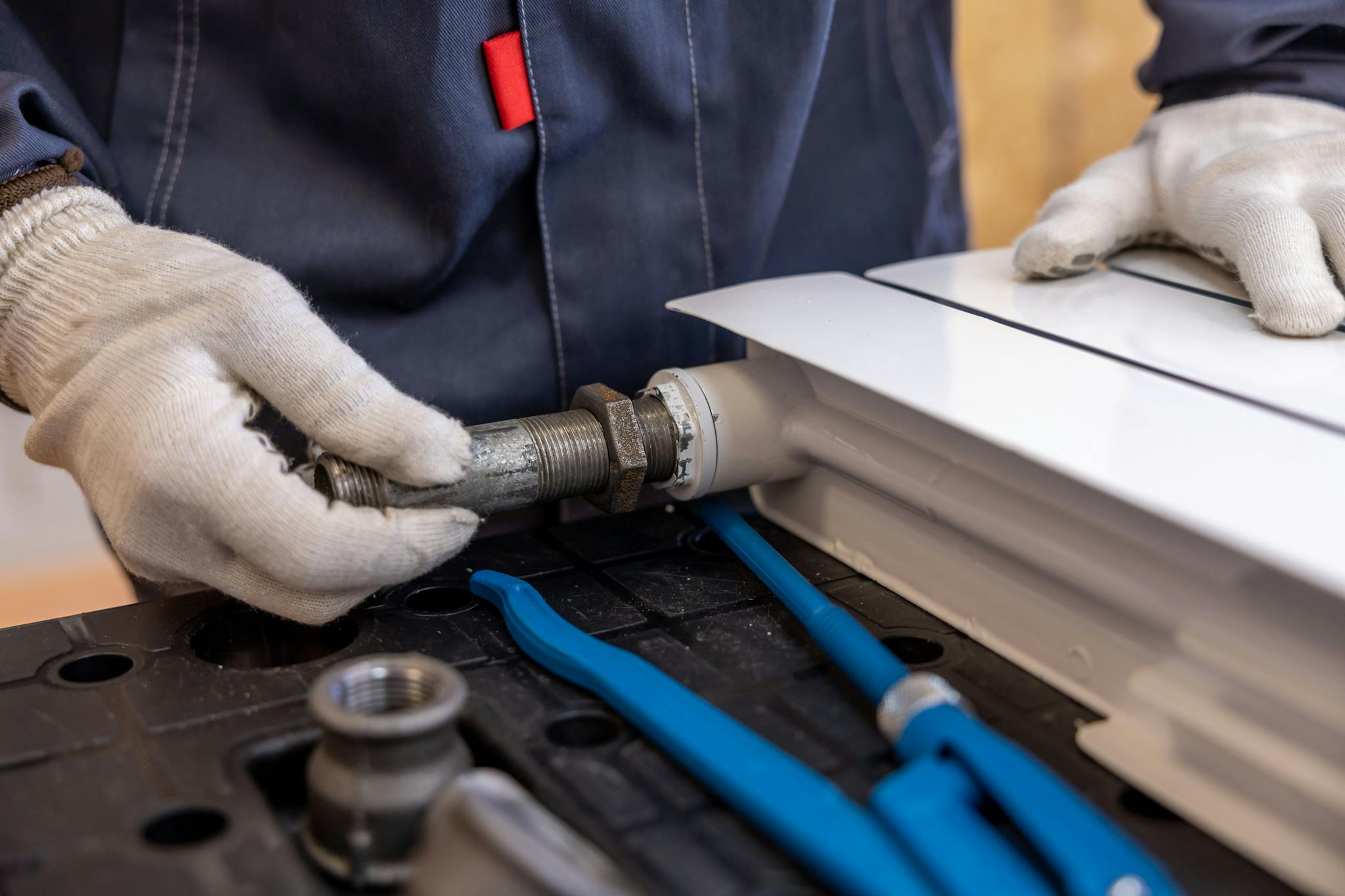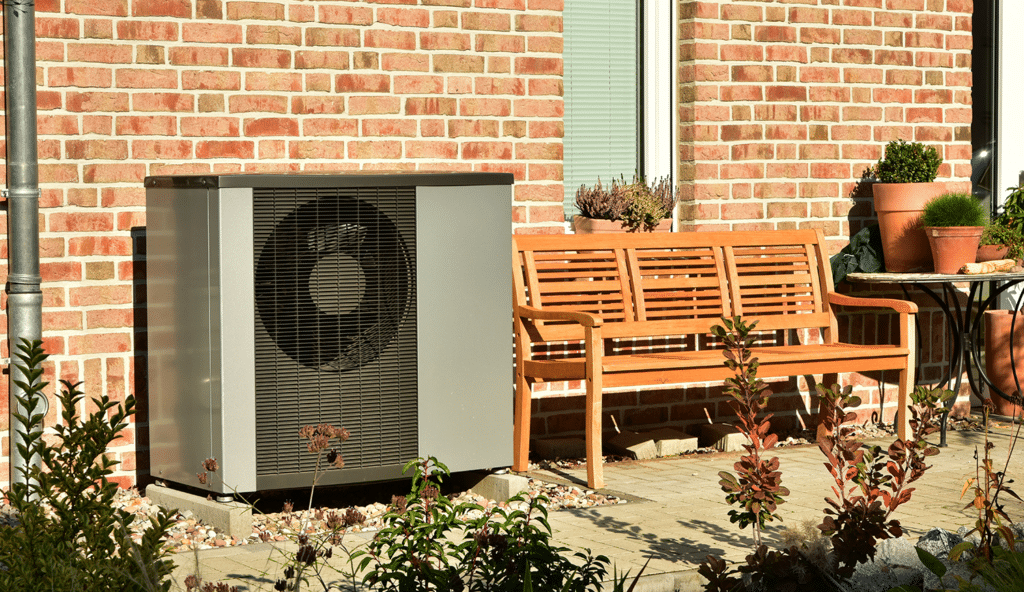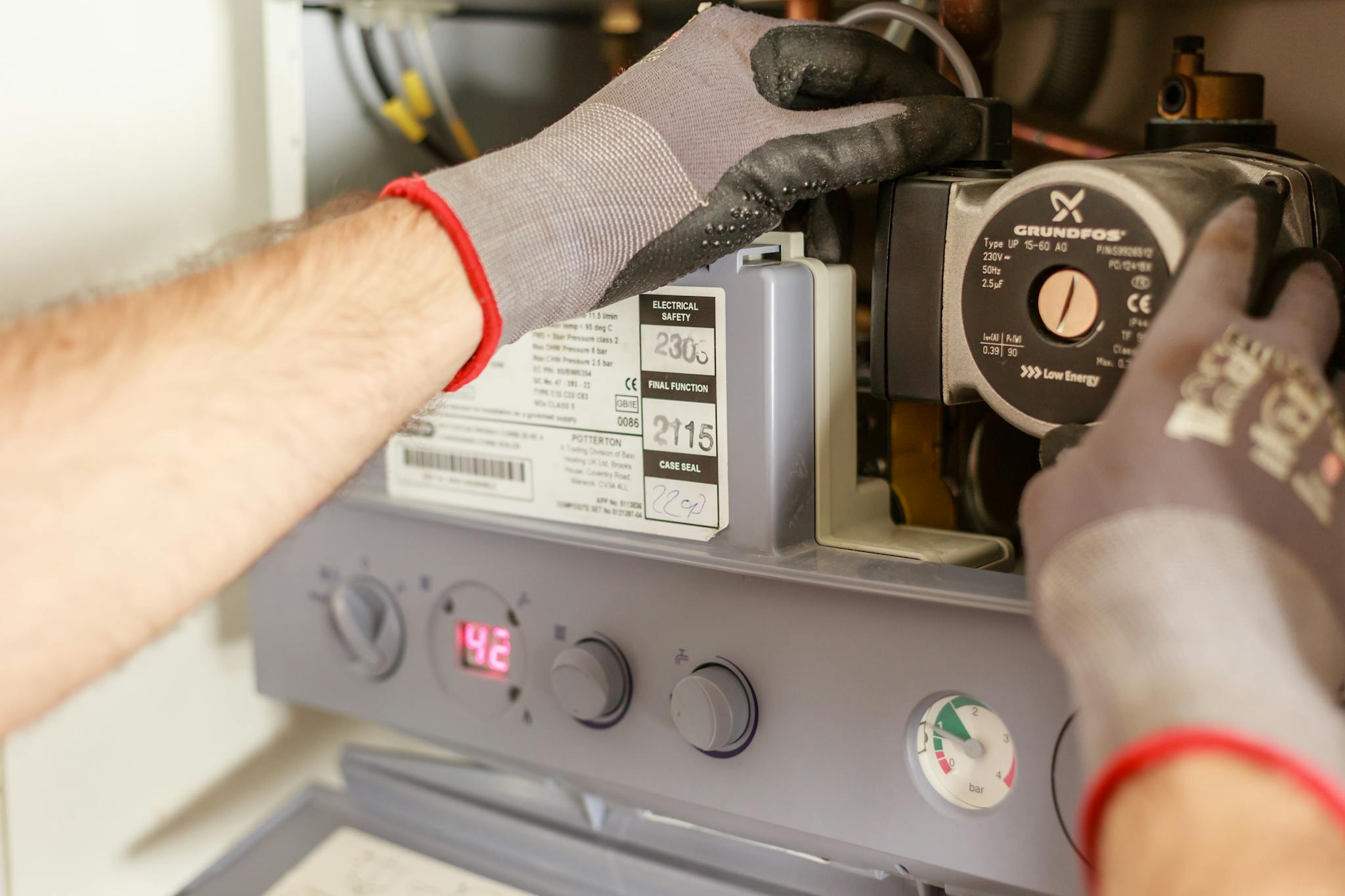Breathing Easier: Understanding the Updated Permitted Development Rules for Air Source Heat Pumps in the UK
For homeowners in the UK looking to embrace greener heating solutions, the recent updates to permitted development rights concerning air source heat pump (ASHP) installations are a breath of fresh air. These changes, effective from early 2025, aim to simplify the process, reduce red tape, and accelerate the adoption of this crucial renewable technology. This blog post will delve into the specifics of these updated rules and explain what they mean for you.
What Were the Old Rules?
Previously, installing an ASHP without planning permission under permitted development had
several key limitations. These included:
- The 1-Metre Boundary Rule: The outdoor unit had to be located at least one metre away from any property boundary. This often posed a significant challenge for homeowners with smaller gardens or terraced properties.
- Size Restrictions: The volume of the outdoor compressor unit (including housing) could not exceed 0.6 cubic metres. This limited the size and potentially the efficiency of the heat pumps that could be installed under permitted development.
- Single Installation: Only the first ASHP installation was permitted. Any subsequent installations required planning permission.
- Specific Location Restrictions: Installations were not permitted on pitched roofs, and on flat roofs, the unit had to be at least one metre from the edge. There were also restrictions on installing units on walls facing a highway above ground floor level (unless the property wasn’t in a Conservation Area or World Heritage Site).
- Noise Standards: All installations had to comply with the Microgeneration Certification Scheme (MCS) Planning Standards, with noise levels not exceeding 42dB at one metre from a neighbouring window.
These regulations, while intended to manage potential impacts on neighbours and the
environment, often created hurdles for homeowners wanting to switch to a low-carbon heating
system.


Interested In Upgrading to an Air Source Heat Pump?


The Game-Changing Updates for 2025
The updated permitted development rules, implemented in early 2025, bring significant changes
designed to make ASHP installations more accessible:
- Removal of the 1-Metre Boundary Rule: This is a major change. Homeowners can now install ASHPs closer to their property boundaries, offering greater flexibility in placement, especially for those with limited outdoor space. This directly addresses a key barrier that previously prevented many installations.
- Increased Size Limit: The maximum permitted volume for the outdoor compressor unit has been significantly increased from 0.6 cubic metres to 1.5 cubic metres. This allows for the installation of larger, potentially more efficient and quieter ASHP models capable of effectively heating a wider range of homes. Larger units often incorporate better noise dampening technology.
- Doubling the Number of Permitted Heat Pumps for Detached Homes: Detached properties can now install up to two ASHPs under permitted development rights. This is particularly beneficial for larger detached houses with higher heating demands.
- Support for Air-to-Air Heat Pumps: The updated rules also support the rollout of air-to-air heat pumps, which can provide both heating and cooling. This offers a versatile solution for year-round comfort.
- Continued Compliance with MCS Standards: While the rules have been relaxed regarding placement and size, the requirement for installations to comply with the MCS Planning Standards (or equivalent) remains. This ensures that installations are safe, efficient, and of good quality.
What These Changes Mean for Homeowners

Important Considerations
While the updated rules make ASHP installations easier, it’s still crucial to keep the following in
mind:
- Compliance with MCS Standards: Ensure that your chosen installer is MCS certified and that the installation adheres to these standards. This is a requirement for permitted development and often for eligibility for government grants like the Boiler Upgrade Scheme.
- Noise Levels: While modern heat pumps are generally quiet, it’s still important to consider the placement of the unit to minimise any potential noise impact on neighbours. Opting for larger units can sometimes result in quieter operation due to better insulation and larger fans operating at lower speeds.
- Listed Buildings and Conservation Areas: Permitted development rights do not apply to listed buildings or properties within a Scheduled Monument. In Conservation Areas and World Heritage Sites, there are still restrictions on installations on walls or roofs fronting a highway or being closer to a highway than any part of the building. Always check with your local planning authority if your property falls within these categories.
- Professional Installation: It is highly recommended to use qualified and experienced installers for your ASHP. A proper installation is crucial for the efficiency, longevity, and quiet operation of the system.
Conculsion
The updated permitted development rules for air source heat pumps in the UK are a positive
step towards making low-carbon heating more accessible to homeowners. By removing key
barriers and increasing flexibility, these changes pave the way for a faster transition to greener
homes and contribute to the UK’s environmental goals. If you’ve been considering an ASHP for
your property, now is an opportune time to explore this technology and benefit from these
simplified regulations. Remember to always prioritise quality installation and ensure compliance
with all relevant standards for a smooth and efficient transition to sustainable heating.







